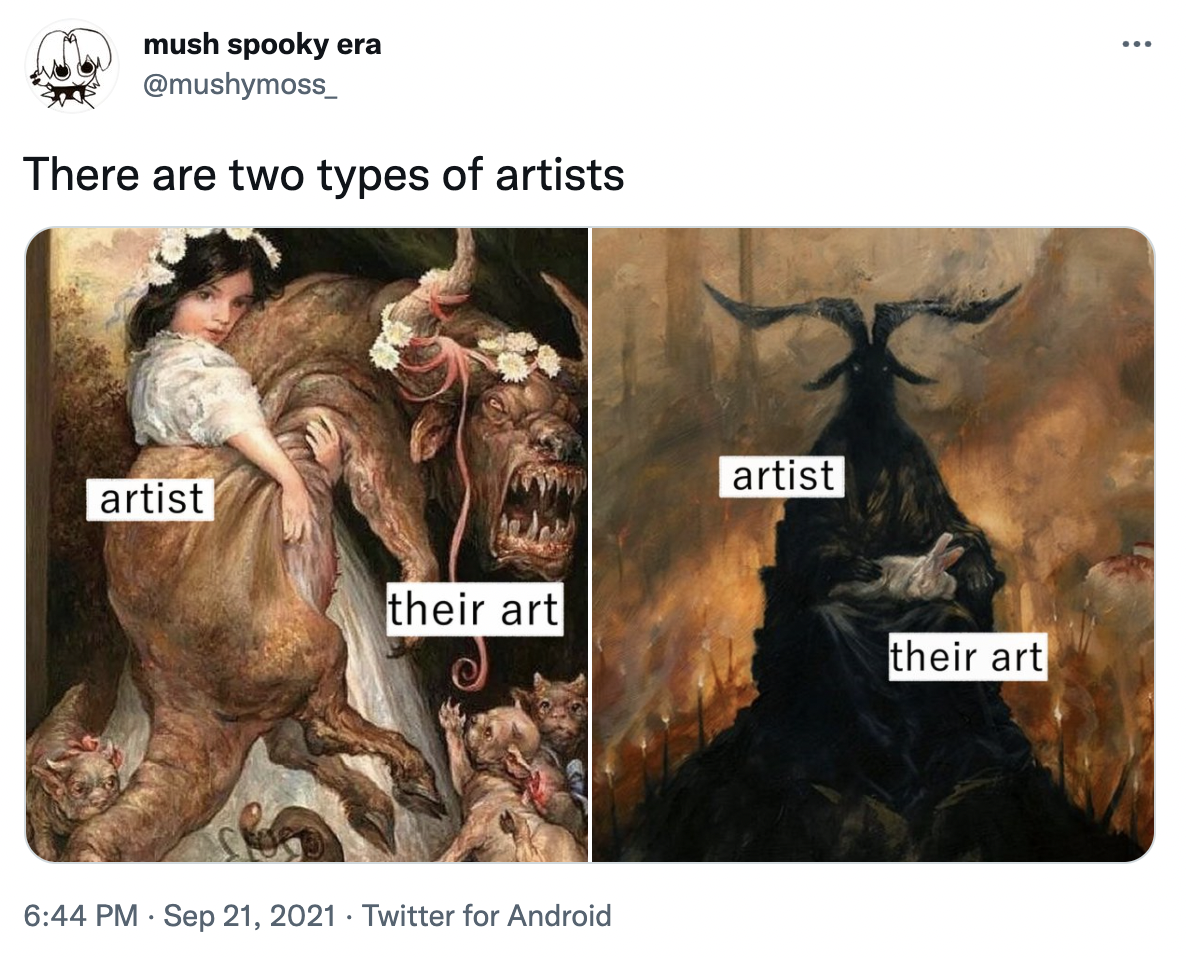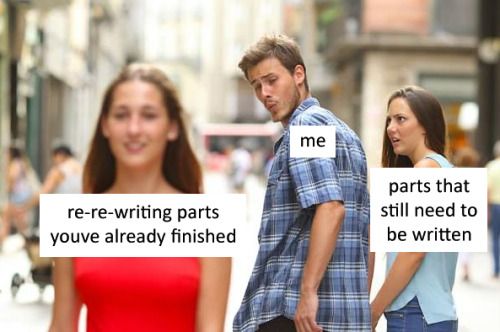Issue 38: The 5 W's of submissions
After taking One Story’s class, Hit Submit, a few weeks ago, I’ve been thinking a lot about submissions. I started submitting to publications in 2018. I had no idea what I was doing, Googling “how to write a cover letter” and diving headfirst into the black hole that is Submittable. Over the years, I’ve learned more about lit mag submissions, both through classes and through practice.
While I’m by no means an expert, here’s the primer I wish I had when I first started submitting:
Who should submit?
You!!
What to submit?
Submissions are different from pitching—which is its own skill—because you’re sending the completed piece. Lit mags often have About pages on their websites that describe what they’re looking for in terms of format, genre, style, voice, etc. These overviews are generally pretty open-ended, precisely because they don’t want to be prescriptive. They want to be surprised.
Sometimes you might be submitting to a contest or an issue with a specific theme. But besides following specific submission guidelines (i.e. word count, formatting), what you write is up to you. Submit your best work where you think it will be the best fit.
When to submit?
A while ago a reader asked me, “How do you know when something is ‘done’ enough for submission?” I could dedicate a whole newsletter to answering that question. After all, no piece of writing will ever feel fully complete. You can tinker forever, turning over phrases and words until your eyes glaze over. To be honest, I think it’s a deeply personal question that only you can answer.
Lena Valencia, instructor for the Hit Submit class, suggested showing your writing to trusted readers first. Whether it’s one person or a writing group, it’s helpful to get feedback and revise. I’ve gotten great notes from friends and peers on everything from pacing to payoff. It’s helpful to see not only whether my piece is coherent and maps to my intentions, but also to hear which parts readers found surprising or thought-provoking.
There are also a few questions that I always ask myself. If the piece were to be published as is, would I be happy with it? Would I be proud of it? If the answer is “no” or “not yet,” then I know I still have work to do.
The more you write and submit, the better you’re able to develop your sense of when a piece feels ready for publication.
Where to submit?
When I first began looking for places to submit, I didn’t know many publications beyond the big ones. But we can’t all be Dan Humphrey in Gossip Girl writing a thinly-veiled short story about Chuck Bass (renamed Charlie Trout) and getting published by The New Yorker on the first try!
It’s important to read widely in order to gain an understanding of the different types of lit mags out there and how they operate. They come in various sizes, some might pay writers, and others might have editors that will work with you on your story. Before submitting to any lit mag, make sure you familiarize yourself with their voice and mission by reading their website and previously published work. It’s important to read the publication that you’re submitting to in order to understand if your piece is a good fit.
But how do you find these places? Think about the publications and writers you read and love. Think about which lit mags publish writing similar to yours, or which writers grapple with similar subjects. Keep track of submission periods or other opportunities by signing up for publications’ mailing lists. Go to writers’ websites or social media and see where they’ve published. From there, it’s lit mags all the way down.
Why submit?
Despite writing being a deeply solitary act, it is also about connection. Getting your work published isn’t necessarily just about external validation, though it can be extremely galvanizing after being alone with the page for so long. It’s because you want your work to be read. You want to have your writing reach people—fellow writers, agents, editors, and above all, readers. You want to connect to a literary community. You want to know the impact of your words.


Creative resources
- Eva Recinos on self-doubt and the submission process: “Now I tell myself that it’s worth at least taking a chance on that application or submission. But, most importantly, it’s about doing it when the time feels right.”
- Useful advice from Chelsey Clammer about how to cultivate patience during the suspended space between hitting submit and hearing back.
- Tips from writers and judges on submitting stories for competitions.
- Rachel Yoder’s Twitter thread has a lot of interesting responses to the question, “What makes you hate a short story AND/OR what is something that will make you fall in love with a short story?”
- “Is Amazon Changing the Novel?” by Parul Sehgal
Recent reads & other media
To round out spooky season, I read Shirley Jackson’s The Haunting of Hill House. I first read the opening lines in an issue of DongWon Song’s newsletter. His analysis has stuck with me:
The how of the telling matters as much as the what of it. Structure and intent are absolutely necessary, but they all collapse in the face of a beautifully turned sentence. Don’t forget the music of a beginning.
I also started watching the Netflix show, not realizing that it’s really only loosely based on the book. It’s more of a (scary) family drama that explores the haunting effects of trauma and grief. For the most part, I liked the details and homages to the source material, but the ending—and twisting of Jackson’s final words—let me down a bit.
I finally finished Dune and saw the movie! While I thought Villeneuve did a great job adapting a sweeping epic, I appreciated this critique of the movie’s erasure of Herbert’s terms that come from MENA (Middle East and North Africa) languages and culture. Despite its simultaneous release on HBO Max, it’s 100% worth seeing in theaters.
~ meme myself and i ~
A door made by Hans Zimmer. The joy (and sadness) of buying too many books. Literally every episode of America’s Next Top Model. Timothée Chalamet’s face in Dune. Some of my favorite Halloween costumes: homoerotic communist poster, lofi hip hop radio girl, and the Ever Given.

